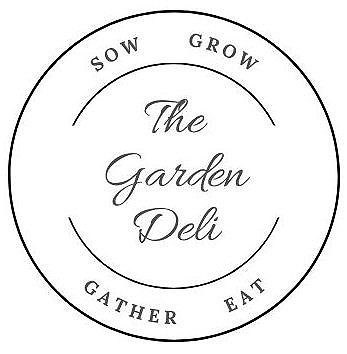Why grow from seed?
Isn’t it easier to just buy plants from the garden centre?
For many gardeners, sowing the first seed in late winter or early spring marks the beginning of another gardening year. It’s a seasonal milestone, bringing the promise of lengthening days and fresh growth. And there are many other reasons why seeds should be at the heart of a new gardening season…
Choice
Flick (or scroll) through the pages of a seed catalogue and you’re likely to find a much wider range of plants and varieties than are stocked at your local garden centre. Where you might get a choice of five or six varieties of tomatoes sold as plants, seed companies can offer hundreds – including interesting heirloom varieties, rich in flavour and history. There will be seeds of flowers you just can’t buy as plants, especially annuals like cornflowers and larkspur, which are easy to grow but have a short shelf-life in a pot. There’s a whole world of vegetables, herbs and flowers to explore, including plants for pollinators, cutting gardens and homemade dyes, all in the pages of a good seed catalogue.
Save money
Growing from seed is easy… ok some seeds are a little more finickity in their requirements than others. But on the whole, easy. It’s also cheaper… a packet of lettuce or herb seeds will cost a few pounds and provide enough leaves to keep the average household happy for a couple of years. Compared to bags of salad or pots of herbs from the supermarket this is a bargain. And there’s none of the plastic packaging that goes straight into the bin either.
Control
When you start with a seed, you’re in full control of the growing (well nature is really in control, but you know what I mean). You can decide exactly how the plant is grown from the minute that seed is sown – and what is (or more importantly isn’t) sprayed on its leaves or added to the soil. Grow from seed and you can produce vegetables, fruit and herbs organically. You’re also deciding exactly when to harvest the fruit and vegetables – you can find that point of perfect ripeness for the best, freshest flavour.
Satisfaction
There’s nothing like picking a perfectly ripe, sun-warmed tomato from a plant you have nurtured. Or arranging a scented bouquet of homegrown flowers. You’ve lavished care and attention on your plants, watching them grow from the first green shoot to push up into the light. Although the whole process is rewarding, there’s a real satisfaction in seeing the plants reach maturity… especially when you get to enjoy a harvest too.
Conserving biodiversity and culture
Seeds are hugely important. The have deep historical, cultural and genetic significance. Their stories are woven through communities that have grown and saved seeds for generations. We’ve already lost many of vegetables that would have been found in gardens a hundred years ago. With them have gone genetic and horticultural diversity. And as fewer people grow from seed, we’re also losing the knowledge and skills needed to propagate and save seed. Large multinational companies now control the majority of the seed market. But their interests are in making profit, so they focus on seed that is financially lucrative, usually aimed at large agricultural operations. This means that the range of seed available to gardeners is narrowing… so we need to make sure the gradual erosion of seed diversity ends now.
Become a seed activist – grow from seed, swap seed, share seed, save seed!

